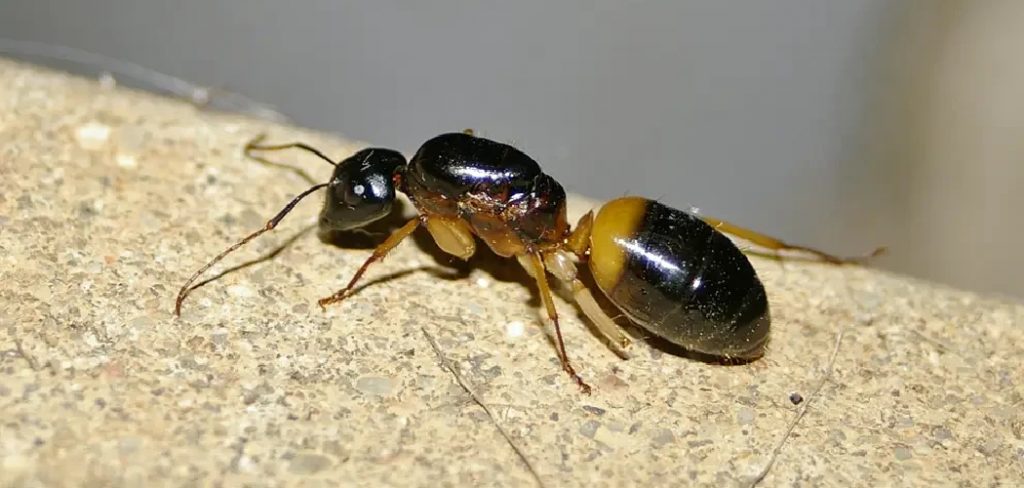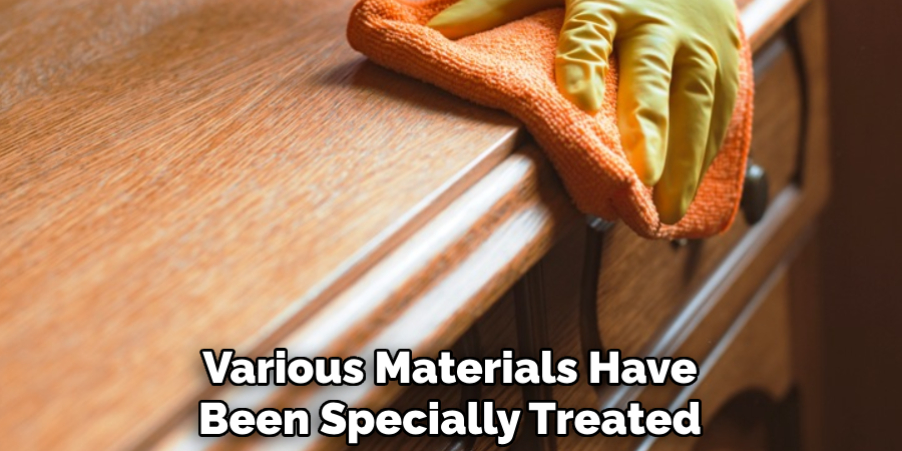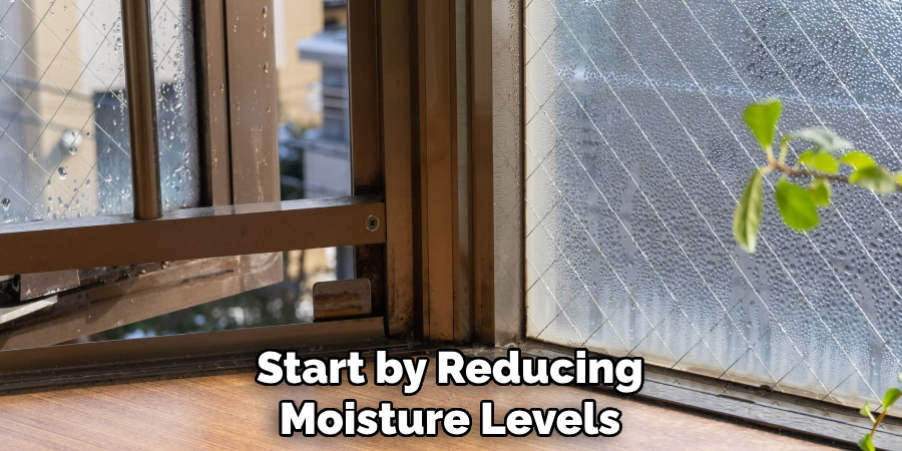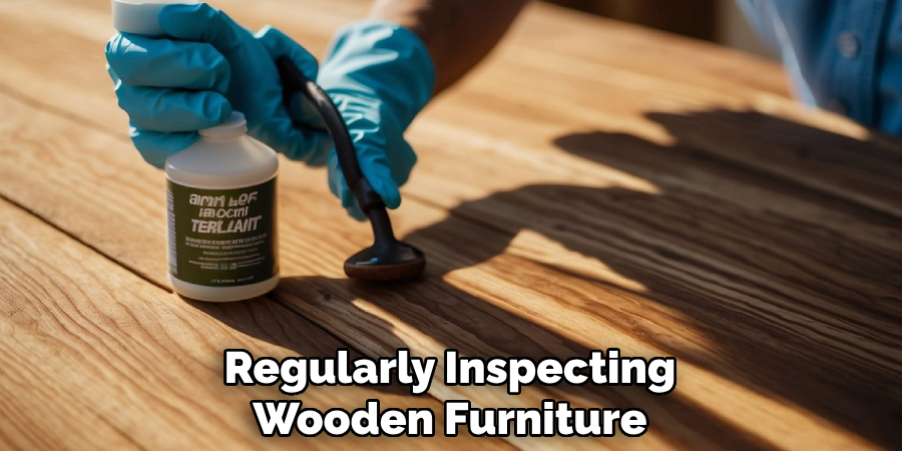Termites can pose a significant threat to the integrity of wooden furniture, often leading to costly damage if not addressed promptly. These tiny insects feed on cellulose found in wood, paper, and other organic materials, making furniture an enticing target. Understanding how to effectively identify, prevent, and eliminate termites is essential for preserving the longevity of your beloved pieces. In this guide, we will explore the most effective methods for how to kill termites in furniture, ensuring that your home remains both beautiful and structurally sound.

The Invisible Invaders
Termites often go unnoticed until significant damage has already been done. These tiny insects feed on wood, making your furniture their all-you-can-eat buffet. Understanding the behavior and lifecycle of termites is the first step in combatting them.
Why Termites Love Your Furniture
Termites are attracted to cellulose, an organic compound found in wood. Your furniture is the perfect source of sustenance for these pests. High humidity levels and warm temperatures can exacerbate the problem, creating an ideal environment for termites to thrive.
Signs of Termite Infestation
Before you can treat a termite problem, you need to know what to look for. Common signs include:
- Hollow-sounding wood
- Small piles of frass (termite droppings)
- Mud tubes along walls or furniture
- Discarded wings near windows or doors
Immediate Actions to Take
Once you’ve identified a termite infestation, immediate action is crucial. The longer you wait, the more damage these insects can inflict. Start by isolating the affected furniture to prevent the spread.
Natural Remedies to Consider for How to Kill Termites in Furniture
For those who prefer a chemical-free approach, there are several natural remedies to consider. Essential oils like orange oil and neem oil can be effective in repelling termites. Applying these oils directly to the infested areas can help deter these pests.
Chemical Treatments for Stubborn Infestations
When natural remedies are insufficient to eradicate a severe termite infestation, chemical treatments may be necessary. Several options are available, each designed to target termites effectively. One common method is the application of liquid insecticides directly to the infested wood.

These products penetrate the wood, affecting the termites and, in some cases, providing a barrier to prevent future invasions. Additionally, bait systems can be strategically placed around the home. These stations contain slow-acting insecticides that termites consume and then share with their colony, ultimately reducing the population. It’s essential to follow the manufacturer’s instructions and consider consulting a professional pest control service to ensure safe and effective application.
The Role of Heat and Cold
Temperature can significantly impact termite activity, providing alternative methods for treatment and prevention. Heat is particularly effective against termites; exposing infested furniture to elevated temperatures—typically between 120°F to 140°F (49°C to 60°C)—for at least 30 minutes can kill termites at all life stages.
This method is advantageous as it is chemical-free and does not leave any harmful residues in your home. Conversely, extreme cold can also prove lethal. Freezing items that are infested can eliminate termites, as temperatures below 20°F (-6°C) for several days can stop them from infesting wood. Utilizing heat or cold can be an excellent supplementary approach in conjunction with other methods to ensure a thorough eradication of termites from your furniture.
Using Boric Acid as a Solution
Boric acid is a widely recognized and effective method for tackling termite infestations in furniture. This naturally occurring compound works by disrupting the digestive system of termites, ultimately leading to their demise. To use boric acid as a solution, you can apply it in several ways:
- Direct Application: Mix boric acid with water to create a solution and spray it directly onto the affected areas of the furniture. Make sure to saturate the wood thoroughly to ensure better penetration.
- Boric Acid Powder: For an even more targeted approach, you can sprinkle boric acid powder in areas where termites are present. This allows the termites to consume the powder as they feed on the wood.
- Boric Acid Traps: Create traps by combining boric acid with sugar and water to attract termites. Once they consume the mixture, it will poison them, eliminating the infestation over time.
When using boric acid, it’s important to wear protective gear such as gloves and a mask to prevent inhalation or skin contact. Additionally, while boric acid is less toxic than many chemical alternatives, it should still be used cautiously around pets and children. Regularly monitoring the treated areas will help you assess the effectiveness of the treatment and ensure your furniture stays termite-free.
Preventing Future Infestations
Taking proactive steps to prevent termite infestations is essential for protecting your furniture and home. Start by reducing moisture levels in and around your living spaces, as termites thrive in humid environments. Ensure proper ventilation in areas like basements and attics, and fix any leaks that may contribute to moisture accumulation.
Additionally, storing firewood and mulch away from your home’s foundation can deter termites from getting too close. Regularly inspecting wooden furniture for early signs of infestation and keeping these areas clean can also help catch potential issues before they escalate. Consider incorporating non-chemical barriers, such as metal mesh or sand, to impede termites from entering your property. By implementing these preventive measures, you can create an inhospitable environment for termites, safeguarding your cherished furniture for years to come.

The Importance of Professional Help
While DIY methods can be effective for minor infestations, enlisting the help of a professional pest control service is often crucial for larger or more severe cases. Professionals have the experience, expertise, and specialized tools necessary to assess the extent of the infestation accurately and implement effective treatment plans.
They can identify hidden colonies that may not be visible to the untrained eye and apply commercial-grade products that are more potent than over-the-counter options. Additionally, professionals can offer guidance on preventive measures tailored to your specific situation, ensuring a comprehensive approach to keeping your furniture termite-free and protecting your home’s structural integrity in the long run.
Maintaining a Termite-Free Home
Creating a termite-free environment requires vigilance and preventative measures. Start by reducing moisture levels in your home, as termites thrive in humid conditions. Fix any leaking pipes or roof issues promptly and ensure proper drainage around your property. Additionally, maintain a gap between wooden structures and soil to prevent easy access for termites.
Regularly inspect and clear away any wood debris, such as fallen branches or stacks of firewood, which can serve as breeding grounds for these pests. Finally, consider applying a protective barrier using liquid termiticides around the perimeter of your home, and schedule periodic professional inspections to catch potential infestations early. By implementing these strategies, you can significantly reduce the risk of termites invading your living space.

Eco-Friendly Ways to Protect Your Furniture
Protecting your furniture from termites doesn’t have to involve harsh chemicals; there are several eco-friendly methods you can employ. First, consider using natural repellents such as diatomaceous earth, which is non-toxic and can be sprinkled in areas where termites are likely to enter. This fine powder dehydrates and disrupts the exoskeleton of termites, leading to their demise. Additionally, maintaining a clean and clutter-free environment can deter termites, as they are less likely to invade spaces that are regularly cleaned and where wood debris is minimal.
Another effective method is to ensure proper ventilation and reduce humidity levels inside your home, as termites thrive in moist conditions. Installing vapor barriers and using exhaust fans in particularly humid areas can significantly lower the risk of infestations. Lastly, apply protective coatings, such as natural oils or sealants, to wooden furniture, creating an impenetrable barrier that can discourage termite activity while enhancing the wood’s beauty. By incorporating these sustainable practices, you can safeguard your furniture and contribute to a healthier environment.
Investing in Termite-Resistant Furniture
One of the most effective ways to combat termite damage is by investing in termite-resistant furniture. Various materials have been specially treated or naturally possess properties that deter termites, providing peace of mind for homeowners. For instance, furniture made from metal, plastic, or high-density composites is less attractive to termites than traditional wood options.

Additionally, certain wood species, such as teak and redwood, have natural oils that can help repel these pests. When purchasing new furniture, consider looking for pieces that are advertised as termite-resistant or treated with protective chemicals, ensuring your investment lasts longer and remains protected from unwanted infestations. By making informed decisions about materials and construction, you can significantly reduce the risk of termite damage in your home.
Conclusion
Termites can cause significant damage to your cherished furniture, but with the right knowledge and tools, you can protect your home. Remember to act quickly at the first sign of infestation and take preventive measures to ensure your home remains termite-free. Now that you know how to kill termites in furniture.
While it does take a few steps each time, hopefully now you understand the process and why it’s worth taking the extra step to make sure your floor is properly cared for. So don’t wait any longer, take action today!
About the Author
Adrian Green, a lifelong woodworking enthusiast, shares his passion for the craft through The Woodenify Blog. With a foundation built on years of hands-on experience in his father’s woodworking shop, Adrian is dedicated to helping others learn and grow in the world of DIY woodworking. His approach to woodworking combines creativity, practicality, and a deep appreciation for the art of building with your own hands. Through his blog, he inspires individuals of all skill levels to embark on their own woodworking journeys, creating beautiful, functional pieces of furniture and décor.
Professional Focus
- Specializes in DIY woodworking projects, from furniture to home décor.
- Provides step-by-step guides and practical tutorials for woodworkers of all skill levels.
- Dedicated to helping readers build confidence and skill through easy-to-follow instructions and tips.
- Passionate about fostering a community of makers who can share, learn, and grow together.
Education History
- University of Craft and Design – Bachelor of Fine Arts (BFA) in Woodworking and Furniture Design
- Woodworking Apprenticeships – Extensive hands-on training with skilled craftsmen to refine carpentry and furniture making techniques.
- Online Courses & Masterclasses – Continued education in advanced woodworking techniques, design principles, and specialized tools
Expertise:
- DIY woodworking, carpentry, furniture making, and home décor projects.
- Creating accessible tutorials and guides for beginner to advanced woodworkers.
- Sharing the joys and satisfaction of woodworking, from raw materials to finished products.
